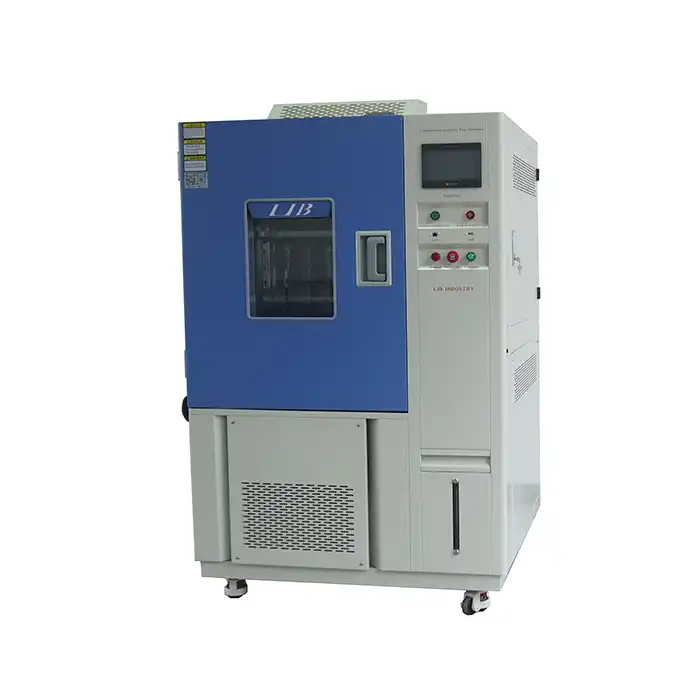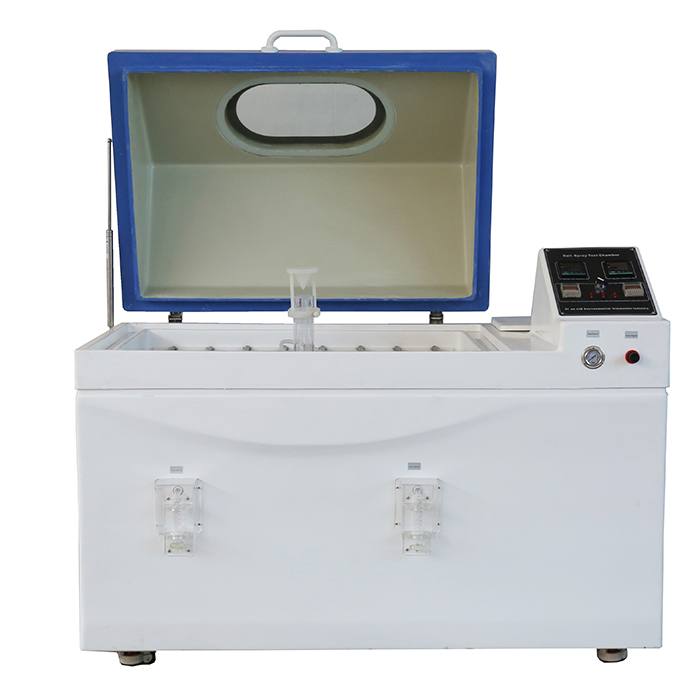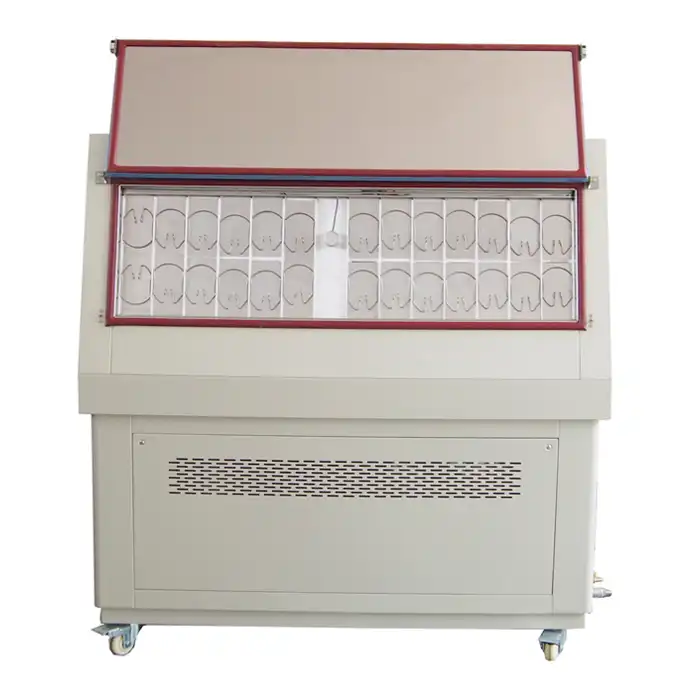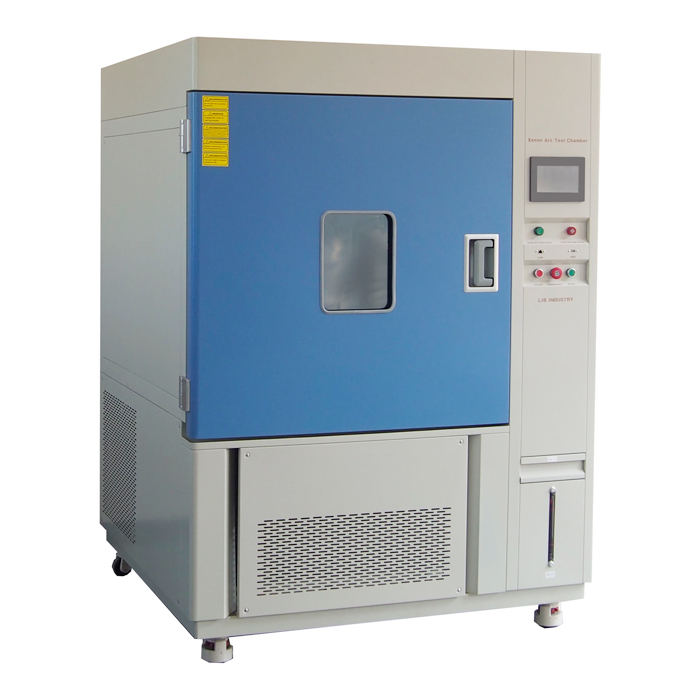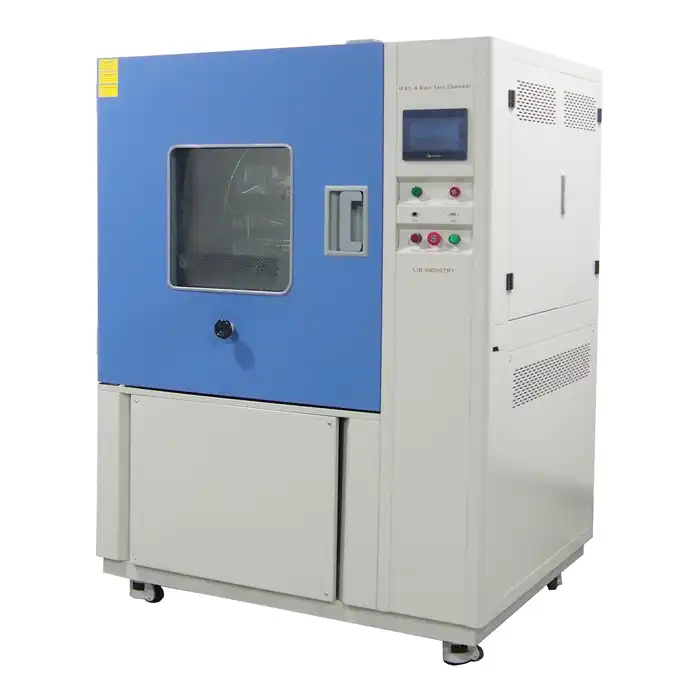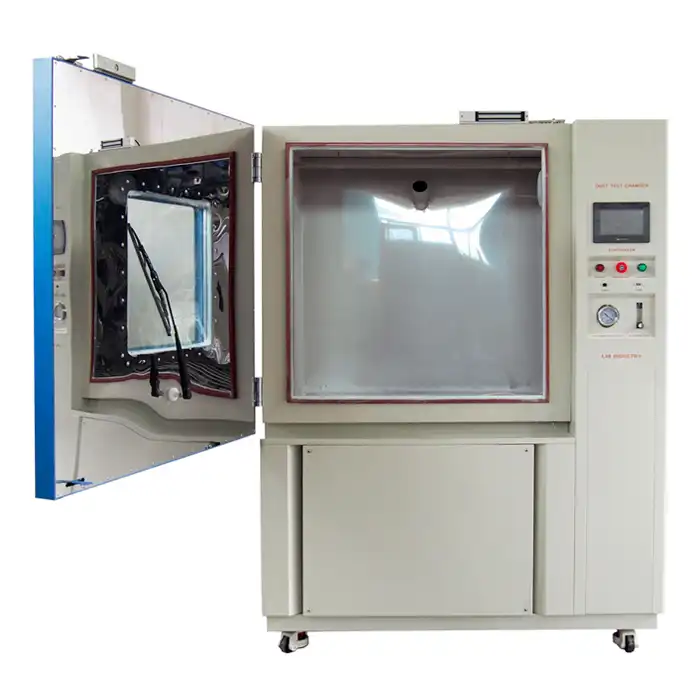Salt Spray Chamber: Key Factors Influencing Test Accuracy and Reliability
When it comes to evaluating corrosion resistance, a salt spray chamber is an indispensable tool for manufacturers globally. Ensuring test accuracy and reliability is paramount, especially for environmental test chamber producers catering to diverse industries. Let's explore the critical elements that elevate the precision of your corrosion testing processes.
Temperature and Humidity Control
Maintaining meticulous temperature and humidity levels within a salt spray chamber is vital for consistent corrosion testing outcomes. Fluctuations in these parameters can skew results, leading to unreliable data. A stable temperature, typically set at 35°C, ensures the salt mist behaves predictably, mimicking real-world corrosive conditions. Humidity, often maintained above 95%, prevents the salt solution from drying out on test specimens, which could otherwise halt corrosion progression. Data from industry studies reveals that a mere 1°C deviation can alter corrosion rates by up to 10%, underscoring the need for precision. Advanced chambers employ PID controllers to regulate these variables, ensuring unwavering environmental conditions throughout the testing cycle.
Salt Solution Concentration and pH
The composition of the salt solution used in a salt spray chamber directly influences test accuracy. A standard concentration of 5% sodium chloride is commonly adopted to replicate marine environments, but even slight deviations can compromise results. Research indicates that a 1% variance in concentration can accelerate or decelerate corrosion rates by as much as 15%. Equally critical is the pH of the solution, which should hover between 6.5 and 7.2 to mirror natural seawater conditions. A pH drift outside this range, such as dropping to 6.0, can intensify corrosion, skewing data. Regular calibration of pH meters and precise mixing protocols are essential to uphold the integrity of the testing process.
Air Flow and Circulation in Salt Spray Chambers
Uniform air flow and circulation within a salt spray chamber are pivotal for ensuring that salt mist is evenly distributed across all test specimens. Inconsistent air movement can lead to localized corrosion, where some areas experience intensified degradation while others remain under-tested. Many leading salt spray chamber manufacturers design chambers equipped with strategically positioned nozzles and fans achieve optimal mist dispersion, as evidenced by studies showing that uniform air flow reduces variability in corrosion rates by up to 20%. A practical example is the use of atomizing nozzles that generate a fine, consistent mist, preventing droplet accumulation that could distort results. Robust air circulation systems are thus indispensable for reliable, repeatable testing outcomes.
Test Specimen Preparation and Mounting
The preparation and mounting of test specimens in a salt spray chamber are often overlooked, yet they profoundly impact result reliability. Surface contamination, such as oils or fingerprints, can inhibit corrosion, leading to misleading data. A study demonstrated that uncleaned specimens exhibited corrosion rates 30% lower than properly prepared ones, highlighting the necessity of thorough cleaning with solvents. Mounting orientation also matters - specimens angled at 15° to 30° from vertical ensure even mist exposure, preventing pooling of salt solution. Standardized preparation protocols, coupled with precise mounting techniques, eliminate variables that could otherwise undermine the accuracy of corrosion testing.
LIB Salt Spray Chamber
As experienced salt spray chamber suppliers, the LIB salt spray chamber stands out as a premier solution. Designed with cutting-edge technology, this chamber boasts a temperature control accuracy of ±0.5°C and humidity stability within ±2%, ensuring consistent test conditions. Its advanced air circulation system, featuring high-efficiency atomizing nozzles, guarantees uniform mist distribution, minimizing variability in results. The LIB chamber also offers customizable test cycles, accommodating diverse industry standards, and is constructed with corrosion-resistant materials for longevity. With global delivery, installation, and training services, LIB Industry provides a turn-key solution tailored to your needs, making it the ideal choice for reliable environmental testing.
Contact LIB Industry today at ellen@lib-industry.com to learn how our salt spray chambers can meet your unique requirements.
References
1. ASTM B117 - Standard Practice for Operating Salt Spray (Fog) Apparatus, ASTM International.
2. ISO 9227 - Corrosion Tests in Artificial Atmospheres - Salt Spray Tests, International Organization for Standardization.
3. NACE TM0169 - Standard Test Method for Laboratory Corrosion Testing of Metals, NACE International.
4. Journal of Materials Engineering and Performance, Volume 29, Issue.




